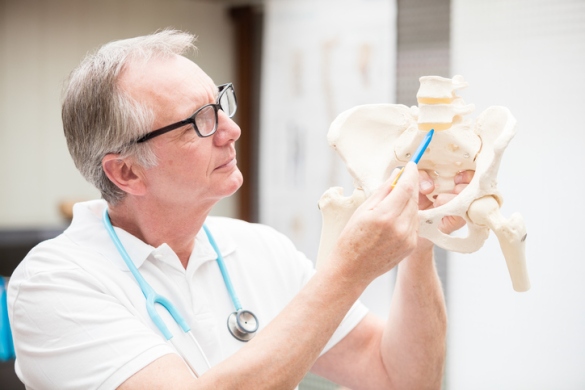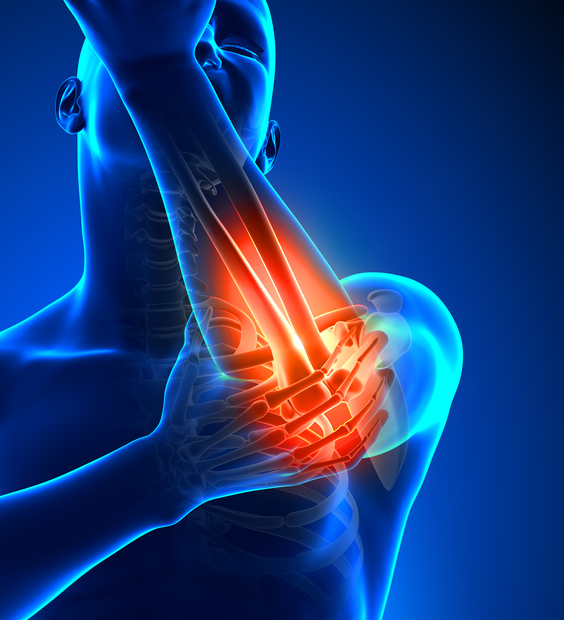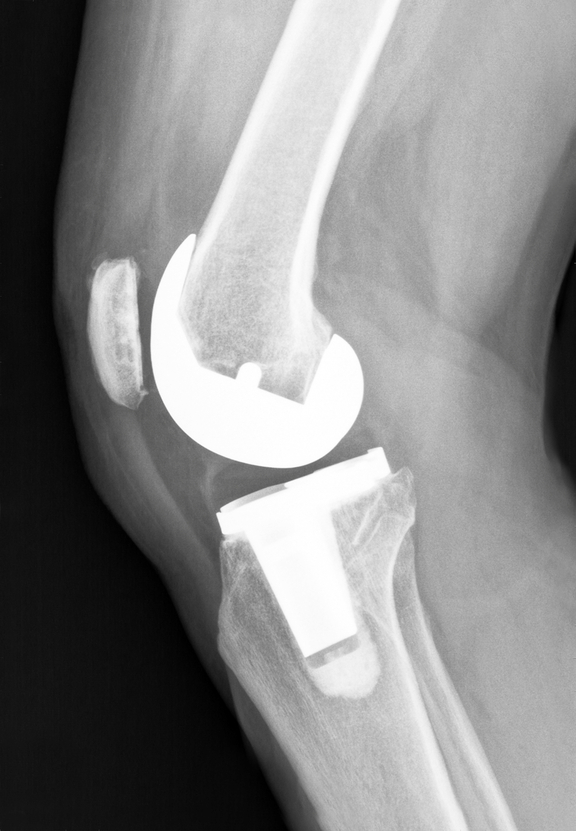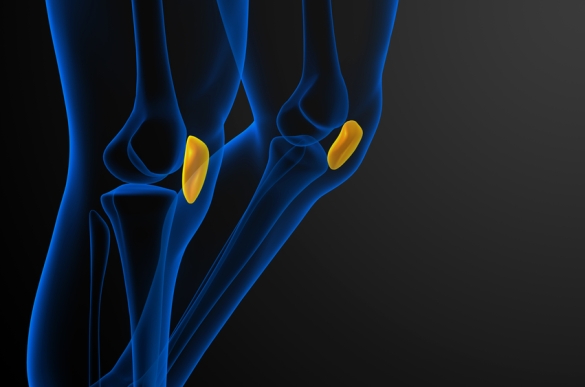Your knee is one of the most active joints in your body. You use it in nearly every movement in your day to day life, which makes it a joint that is particularly vulnerable to damage. Signs of damage can often be subtle, but they only get worse over time and can plague you in old age.
Athletes and people working in jobs that require lifting are especially prone to having problems in their knees later in life. A knee specialist can identify these problems before they start, or remedy them as they are progressing in order to ensure the damage does not progress to a worse point in the future. The following are some specific reasons to visit a knee specialist.
- Chronic Pain
Chronic pain is often mistaken for pain that is constant and unceasing, but that is only one of the classifications of a chronic condition. A condition can be chronic if the pain recurs in the same place over and over again. Experiencing chronic pain in the knees is a sure sign that something is wrong.
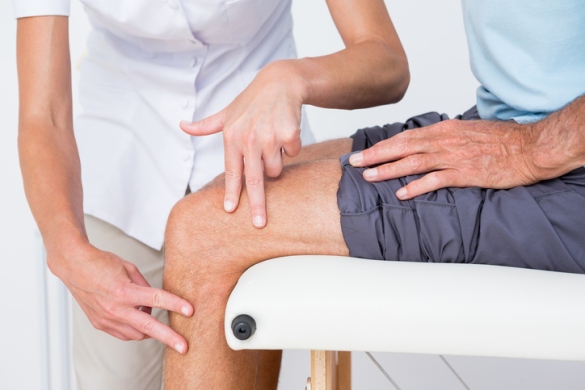
Many conditions, such as ligament tears, often go painless, even when they are just starting. In reality, they will start to hurt at random moments throughout the day.
- Swelling
This condition is most noticeable when affecting one knee and not the other. If your knees have started to look uneven and you have discomfort in the larger knee, then there may be swelling. Swelling is the body’s reaction to the healing process in order to call your attention to the area and protect it from further damage.
- Popping
All joints tend to pop. This is because of the fluid filled sac inside your joints fill up throughout the day. When you pop a joint, the sound is the fluid flushing out, and it is a completely normal occurrence in your body.
A condition that requires further study involves popping that is constant. While joint popping tends to be loud and requires moments of recovery before occurring again, popping that is constant with no recovery period may be a sign of a joint condition.
- Soreness
This is similar to chronic pain, but it is more general. While chronic pain may be a sharp sting from one particular area, you may be unable to point out exactly where the pain is coming from. General soreness does not have to be painful either, but rather a feeling of general discomfort that tends to get worse with movement.
The above four conditions are just a few that should be looked at by a knee specialist. While they appear very general, most of the time they are signs of specific conditions that can get worse as time goes on, especially without rest and the proper physical therapy. In order to ensure that you have use of your joints for years to come, you should consult a knee specialist for more information about a problem that has become persistent for you.
